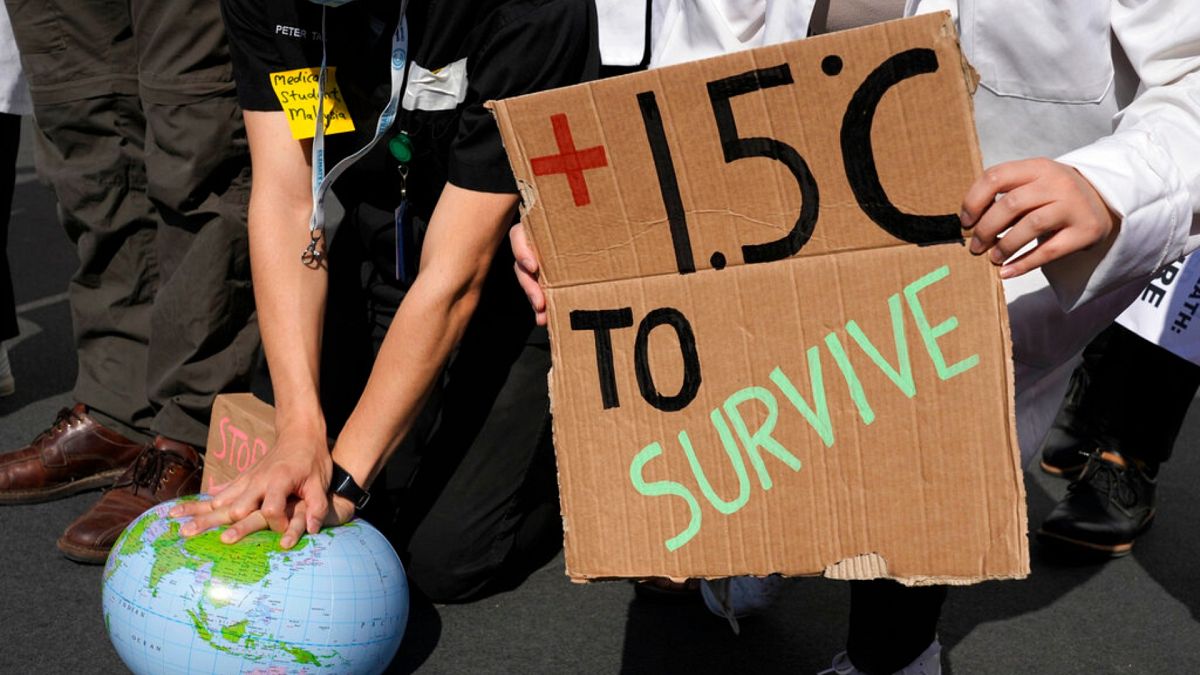Most of the world’s superpowers are members of the legally binding international treaty.
President Trump wasted no time announcing a raft of executive orders after entering the Oval Office, and withdrawing from the Paris Agreement is one of them.
He pulled the US out of the global climate agreement during his first term in office, so it is no big surprise that he has done the same again.
But with devastating extreme weather, partly driven by rising temperatures, taking lives and devastating communities the world over, many will question Trump’s decision.
The iconic international climate treaty – the Paris Agreement – includes a pledge to try and keep temperatures from rising by more than 1.5C above pre-industrial levels. But the UN recently warned that the world isn’t doing enough to keep warming below levels that would prevent catastrophic consequences.
So what is the Paris Agreement, what have countries done since it was signed and what does this mean for COP29?
What is the Paris Agreement?
The Paris Agreement is a legally binding international treaty on climate change. It was adopted at COP21 by 194 parties – 193 countries plus the EU – on 12 December 2015. The Paris Agreement then came into force on 4 November 2016.
The most important commitment is to try and prevent global temperatures from rising by more than 1.5C and keep them “well below” 2C above pre-industrial times.
This target was chosen because evidence suggests that breaching this limit will unleash severe climate impacts including flooding, heatwaves and severe drought.
The Paris Agreement also includes other commitments from the countries that adopted it including providing funding for poorer countries to transition their energy systems and adapt to the effects of climate change. Signatories are also aiming to reduce their emissions to net zero between 2050 and 2100.
The Paris Agreement was a landmark treaty for climate change because it was the first time all nations had come together to tackle the crisis and adapt to its effects.
What have countries done since the Paris Agreement?
As climate science develops and clean tech improves, each country’s goals need to be updated. The Paris Agreement therefore works on a five-year cycle which ratchets up increasingly ambitious climate action.
Countries have been submitting their national climate plans, known as nationally determined contributions (NDCs) since 2020. These outline what they will do to reduce their greenhouse gas emissions and reach the goals of the Paris Agreement. Each cycle is expected to show a higher degree of ambition than the last.
Every year countries meet at international climate talks known as the Conference of the Parties or COPs. It was at the 21st COP in Paris that the details of the Paris Agreement were hammered out. These yearly conferences now serve as a key opportunity for signatories to advance their efforts towards the goals of the agreement.
So how are countries doing on sticking to 1.5C or below? Well, not very well. Just last month the UN warned that current climate policies put the world on track for 3.1C of warming by 2100. The latest stocktake of countries’ NDCs found that these national policies to cut greenhouse gas emissionsfall “miles short” of what is needed to limit catastrophic warming.
The alarming news came on the same day the World Meteorological Organization announced that atmospheric concentrations of greenhouse gas emissions soared to record highs in 2023.

